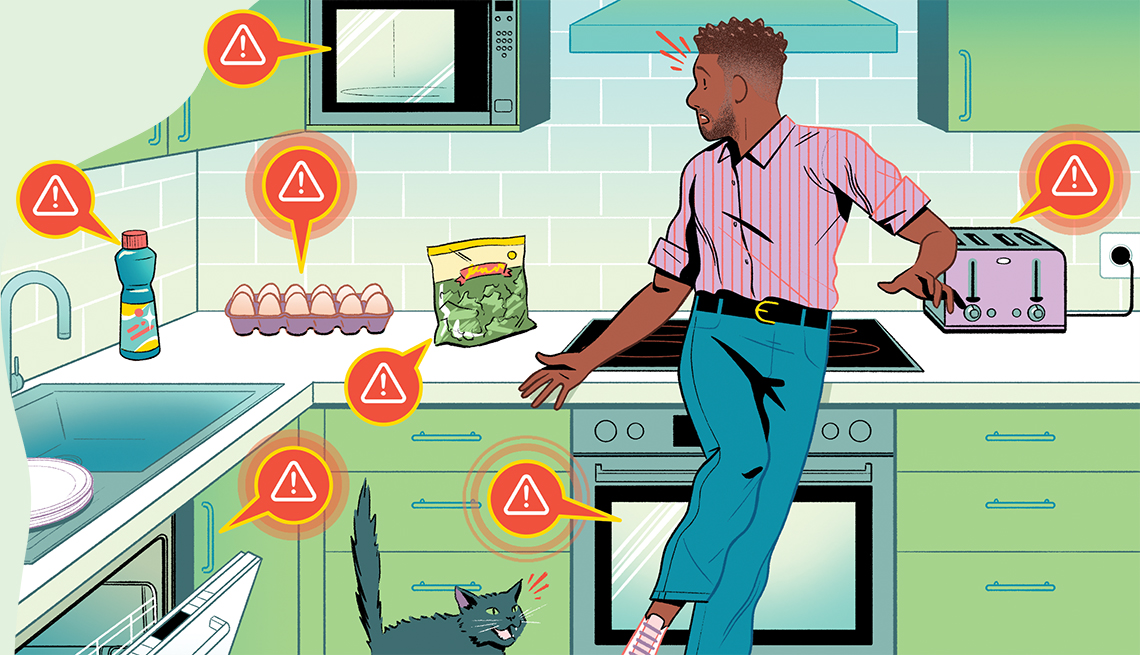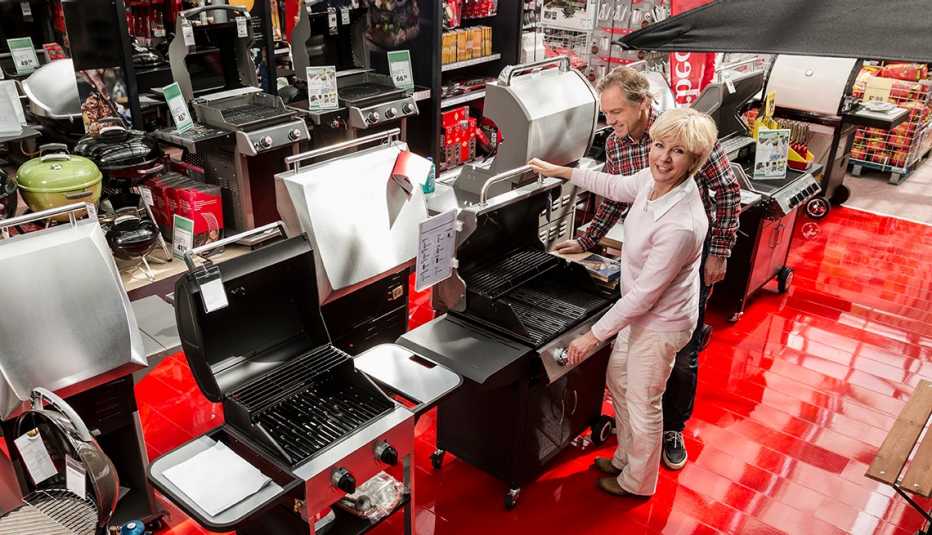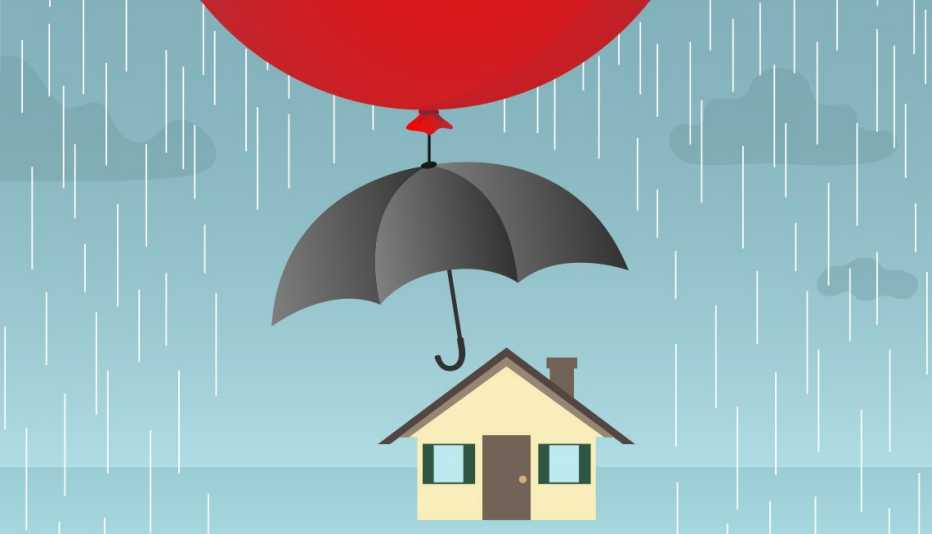Staying Fit
Consumers respond to product recalls only about 6 percent of the time. Often that’s because they don’t ever know about them; other times they may not take it seriously, in the belief a company is simply legally protecting itself for a problem that’s popped up only a few times.
But product recalls can be a matter of life and death. In 2019 alone, there were 51,000 deaths associated with unsafe consumer products, according to the government’s Consumer Product Safety Commission (CPSC). A record amount of items — more than 1 billion — were recalled in the U.S. last year. And they aren’t issued lightly: Many manufacturers fight hard not to have to recall potentially dangerous products.


AARP Membership— $12 for your first year when you sign up for Automatic Renewal
Get instant access to members-only products and hundreds of discounts, a free second membership, and a subscription to AARP the Magazine.
All kinds of products are recalled every day — not just cars and food, which tend to get the most attention, but also toys, furniture, electronics and kitchen appliances. They can burn, poison, maim, electrocute, start fires or worse.
Even so, you probably won’t hear about the vast majority; most don’t make news headlines or pop up online. On Nov. 3, the day I happened to start researching this column, 10 new recalls were listed on cpsc.gov, one of the six government sites that post recalls. The alerts included a portable charging station that could explode and a pair of toxic sneakers. On Nov. 10, the recall list included a generator that has amputated and crushed fingers — and it’s the type I own! (Fortunately for me, when I called the manufacturer, I learned the recall didn’t include models from the year mine was produced.) Given the volume of recalls and the lack of a single information source, it’s not easy to keep track. These tips can help keep you and your family safe.
Register your product. Yes, fill out those little registration cards tucked in product packaging or go to manufacturer websites to register so that you can get recall notices. You can skip any personal questions on the form about age and income. You can usually opt out of getting marketing messages, if that is a concern.
Sign up for email alerts. Recalls.gov provides links to government websites that will email you about recalls. They include sites run by the CPSC, which regulates household products such as appliances, clothing and furniture; the National Highway Traffic Safety Administration, which covers auto-related recalls; the U.S. Department of Agriculture, which regulates meat, poultry and egg products; and the Food and Drug Administration, which regulates all other food, as well as drugs, cosmetics and other health products. You can also check your favorite retailer and grocery stores for recall listings. Walmart, Dollar General, Target and many other chains list them.






































































